What are Pimples/Acne?
Acne is one of the most common skin concerns in the world, yet it’s also one of the most misunderstood. Whether you’re dealing with the occasional breakout or persistent, inflamed spots, acne can affect not just your skin but also your confidence. The good news? Understanding the types of acne, their causes, and the right skincare treatments can make all the difference.
In this guide, we’ll break down the main types of acne, what causes them, and how to treat each so you can create a skincare routine that truly works for your skin.
Acne is a skin condition that occurs when your pores become clogged with oil, dead skin cells, and sometimes bacteria. While it’s most common during puberty due to hormonal changes, acne can affect people of all ages — from teenagers to adults in their 30s, 40s, and beyond.
The Main Types of Acne
Not all acne is the same. The type you have determines how it should be treated. Here are the main categories:
1. Comedonal Acne
Comedonal acne is non-inflammatory, meaning it doesn’t involve redness or swelling. It includes:
- Blackheads – Open pores clogged with oil and dead skin, appearing black due to oxidation.
- Whiteheads – Closed pores clogged with oil and skin cells, appearing as small, white bumps.
Causes:
- Excess oil production
- Improper cleansing
- Heavy or pore-clogging skincare products
Skincare Treatment Options:
- Gentle exfoliation with salicylic acid to unclog pores.
- Retinoids (like adapalene) to increase cell turnover.
- Oil-free, non-comedogenic skincare and makeup.
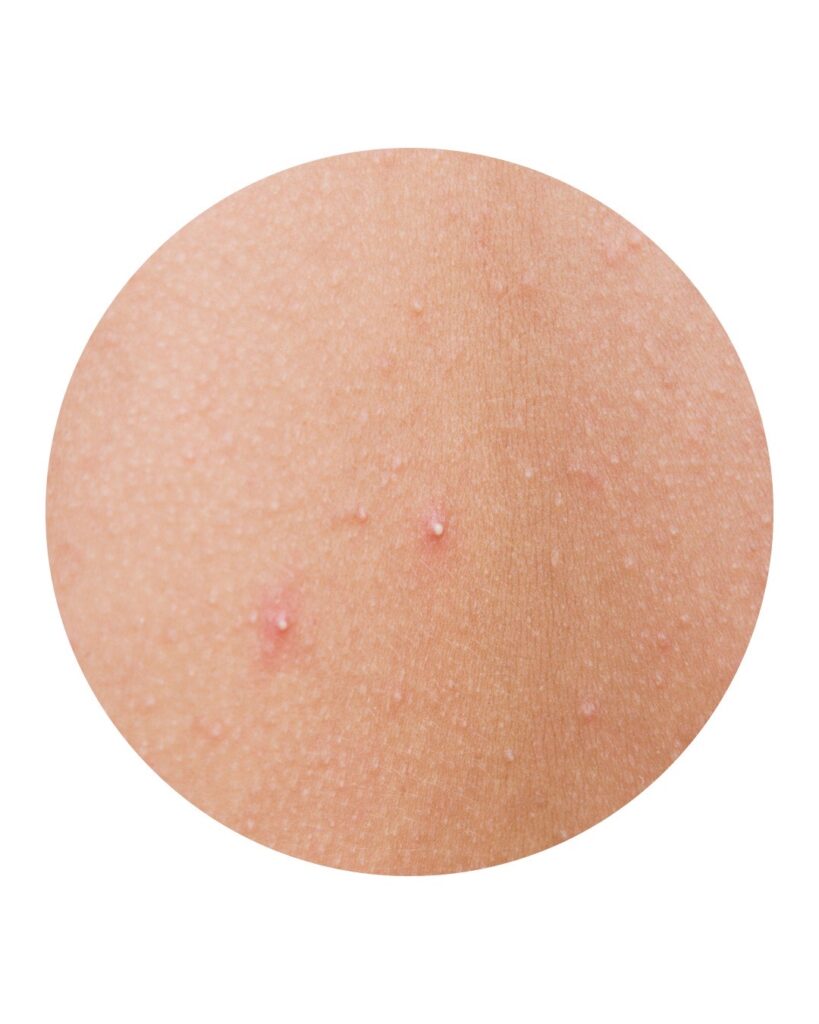
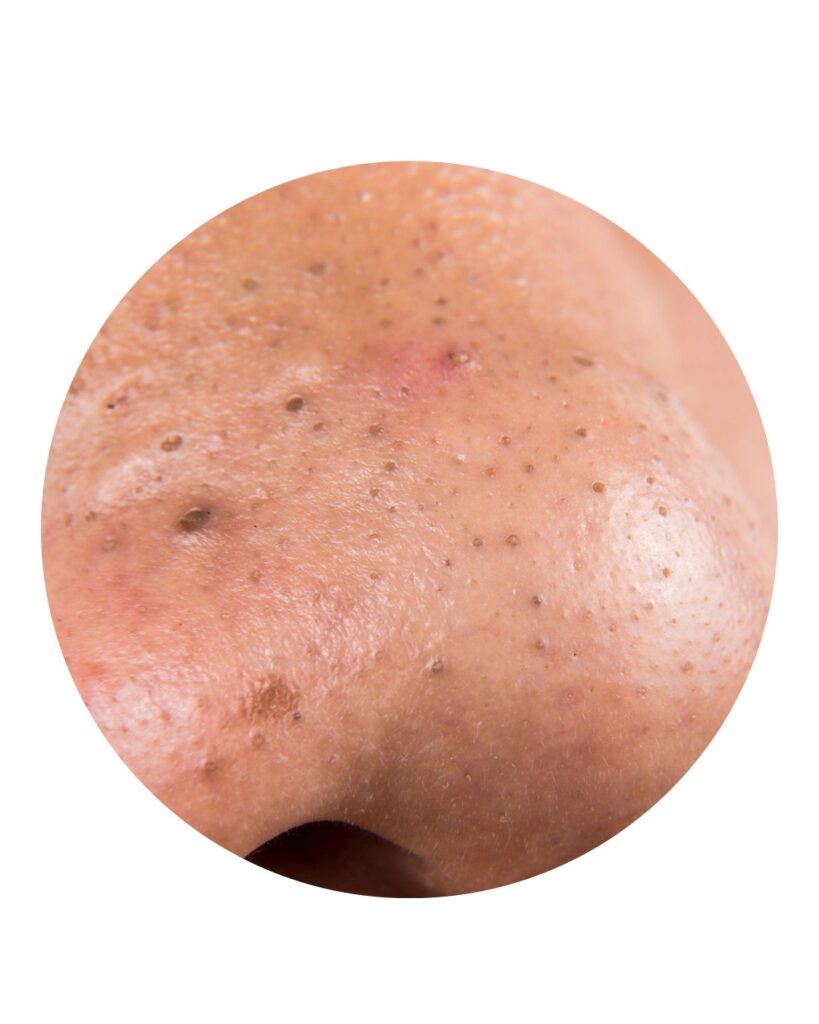
2. Papules
Papules are small, red, inflamed bumps that form when a clogged pore becomes irritated. They don’t contain visible pus.
Causes:
- Bacterial activity in clogged pores
- Skin picking or irritation
- Hormonal fluctuations
Skincare Treatment Options:
- Benzoyl peroxide to reduce bacteria and inflammation.
- Topical antibiotics (prescribed by a dermatologist) if needed.
- Avoid squeezing or picking to prevent scarring.
3. Pustules
Pustules are similar to papules but contain pus, making them appear white or yellow at the tip.
Causes:
- Infected clogged pores
- Excess oil and bacteria growth
- Hormonal changes
Skincare Treatment Options:
- Spot treatments with benzoyl peroxide or sulfur.
- Gentle cleansing twice a day.
- Avoid over-exfoliating, which can worsen inflammation.
4. Nodules
Nodules are large, painful lumps deep under the skin’s surface. They’re more severe and can take weeks to heal.
Causes:
- Severe bacterial infection in clogged pores
- Overproduction of oil
- Strong hormonal imbalances
Skincare Treatment Options:
- Oral medications (antibiotics or hormonal treatments) prescribed by a dermatologist.
- Topical retinoids to prevent new breakouts.
- Cortisone injections for quick relief in stubborn, painful nodules.
5. Cystic Acne
Cystic acne is the most severe form, with deep, pus-filled lumps under the skin. It’s often painful and prone to scarring.
Causes:
- Genetics (a big factor in cystic acne)
- Hormonal changes (common in PCOS, puberty, and menstrual cycles)
- Bacterial overgrowth in pores
Skincare Treatment Options:
- Isotretinoin (Accutane) under medical supervision.
- Hormonal therapy such as birth control pills or spironolactone for women.
- Prescription-strength topical treatments to reduce inflammation.
Common Causes of Acne
While the type of acne matters, so do the root causes. Understanding what’s behind your breakouts can help you prevent them.
- Hormonal Fluctuations
- Androgens (male hormones present in both men and women) increase oil production.
- Acne often worsens during puberty, menstrual cycles, pregnancy, or menopause.
- Excess Oil Production
- Overactive sebaceous glands clog pores.
- Common in oily and combination skin types.
- Bacteria
- Cutibacterium acnes (formerly Propionibacterium acnes) lives on the skin but can multiply in clogged pores, triggering inflammation.
- Diet
- High-glycemic foods, sugary snacks, and dairy products may trigger acne in some people.
- Stress
- Stress hormones can increase oil production and inflammation.
- Skincare and Makeup Products
- Heavy, pore-clogging products can worsen breakouts.
- Look for “non-comedogenic” labels.
Skincare Tips for Managing Acne
No matter the type of acne, a good skincare routine is key. Here are some general tips that apply across the board:
1. Cleanse Gently
Over-washing can strip your skin and increase oil production. Stick to cleansing twice daily with a gentle, sulfate-free cleanser.
2. Use Active Ingredients
Not all acne is created equal and neither are skincare ingredients. Some work best for clogged pores, while others target inflammation, bacteria, or hormonal breakouts. Knowing which ingredient matches which type of acne can save you time, money, and frustration.
A. Salicylic Acid
Best for: Blackheads, whiteheads, and comedonal acne
- A BHA (beta-hydroxy acid) that penetrates deep into pores.
- Exfoliates inside the pore lining to dissolve oil, dead skin, and buildup.
- Helps prevent new blackheads and whiteheads from forming.
Use in cleansers, toners, or spot treatments.
B. Benzoyl Peroxide
Best for: Papules, pustules, and mild-to-moderate inflammatory acne
- Kills acne-causing bacteria (Cutibacterium acnes).
- Reduces inflammation and redness.
- Prevents bacteria from developing resistance.
Use in gels, creams, or cleansers (2.5–5% is usually effective without being too harsh).
C. Retinoids (Adapalene, Tretinoin, Retinol)
Best for: Comedonal acne, papules, pustules, nodules, and prevention of cystic acne
- Boost cell turnover, preventing clogged pores.
- Reduce inflammation and help fade post-acne marks.
- Long-term acne management powerhouse.
Use at night, starting 2–3 times a week to build tolerance.
D. Niacinamide
Best for: Papules, pustules, inflammatory acne, and redness
- A form of vitamin B3 that calms skin.
- Reduces oil production and strengthens the skin barrier.
- Helps fade post-inflammatory hyperpigmentation (PIH) left by acne.
Works well layered under moisturizers or serums.
E. Sulfur
Best for: Pustules, papules, and oily, acne-prone skin
- Absorbs excess oil.
- Gently kills acne-causing bacteria.
- Helps dry out active breakouts without being too irritating.
Often found in masks and spot treatments.
F. Alpha Hydroxy Acids (AHAs) – Glycolic Acid, Lactic Acid
Best for: Blackheads, whiteheads, and post-acne marks
- Exfoliate the surface of the skin.
- Prevent pores from clogging.
- Help fade dark spots and even skin tone.
Best in toners, serums, or peels (use SPF, as AHAs increase sun sensitivity).
G. Azelaic Acid
Best for: Papules, pustules, post-acne hyperpigmentation, and sensitive skin
- Antimicrobial and anti-inflammatory.
- Gently unclogs pores.
- Brightens skin and helps fade acne scars.
Great for sensitive or rosacea-prone skin types.
H. Tea Tree Oil (Diluted)
Best for: Papules, pustules, mild acne
- A natural antibacterial that fights acne-causing bacteria.
- Reduces redness and swelling.
- Works best as a spot treatment, never undiluted.
I. Zinc (Topical or Oral Supplements)
Best for: Inflammatory acne, hormonal acne, and cystic acne support
- Reduces oil production.
- Helps control inflammation.
- Works best as an add-on, not a standalone cure.
J. Clindamycin / Topical Antibiotics (Prescription)
Best for: Moderate to severe papules, pustules, and nodular acne
- Reduce bacterial activity inside pores.
- Often combined with benzoyl peroxide to avoid resistance.
K. Isotretinoin (Accutane – Prescription)
Best for: Severe nodular and cystic acne
- Shrinks oil glands permanently.
- Reduces bacteria and inflammation.
- Considered the “last resort” treatment for stubborn, resistant acne.
Quick Ingredient-to-Acne Match
- Blackheads & Whiteheads (Comedonal Acne): Salicylic acid, retinoids, AHAs
- Papules & Pustules (Inflammatory Acne): Benzoyl peroxide, niacinamide, sulfur, azelaic acid
- Nodules & Cysts (Severe Acne): Retinoids, prescription antibiotics, hormonal therapy, isotretinoin
- Post-Acne Marks/Scars: Niacinamide, azelaic acid, AHAs, retinoids
Our GLOW FACE CREAM contains these active ingredients and will heal your acne. It is carefully formulated to target bacterial acne, fungal acne and hormonal breakouts and Hyperpigmentation.
3. Moisturize
Even oily and acne-prone skin needs moisture. Use a lightweight, oil-free moisturizer to keep your skin barrier healthy. Our glow face cream is a lightweight moisturizer and can be used by all skin types.
4. Wear Sunscreen
Many acne treatments can make your skin sensitive to the sun. Use an oil-free, non-comedogenic sunscreen daily.
5. Avoid Picking
Popping pimples increases inflammation and the risk of scarring.
When to See a Dermatologist
If your acne is painful, persistent, or leaving scars, it’s time to get professional help. Dermatologists can prescribe stronger treatments like oral antibiotics, hormonal therapies, or isotretinoin. They can also perform procedures like chemical peels, light therapy, and extractions.
Conclusion
Acne can be frustrating, but it’s not a life sentence. By understanding the different types of acne, their causes, and the best treatment options for each, you can take control of your skin. Whether you’re dealing with the occasional whitehead or battling cystic acne, the right skincare routine and sometimes professional help can make a world of difference.
The key is patience. Acne treatments often take weeks to show results, so stay consistent and be kind to your skin. Clear skin isn’t about perfection; it’s about finding what works for you and sticking with it.
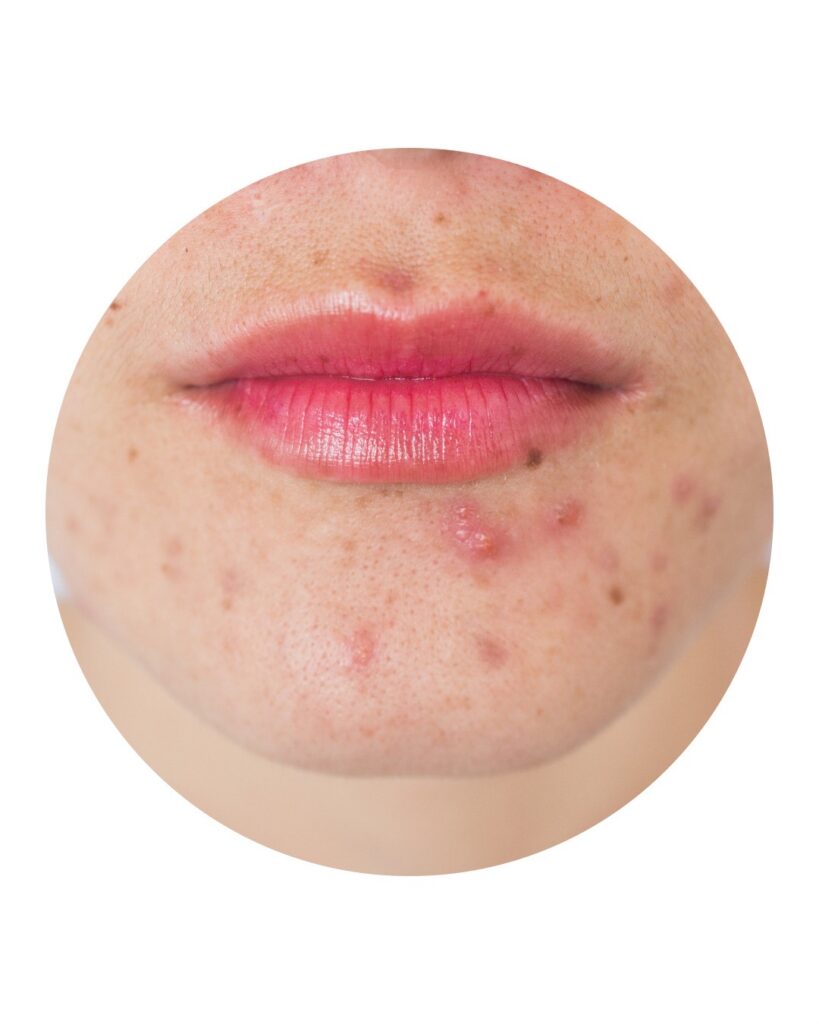
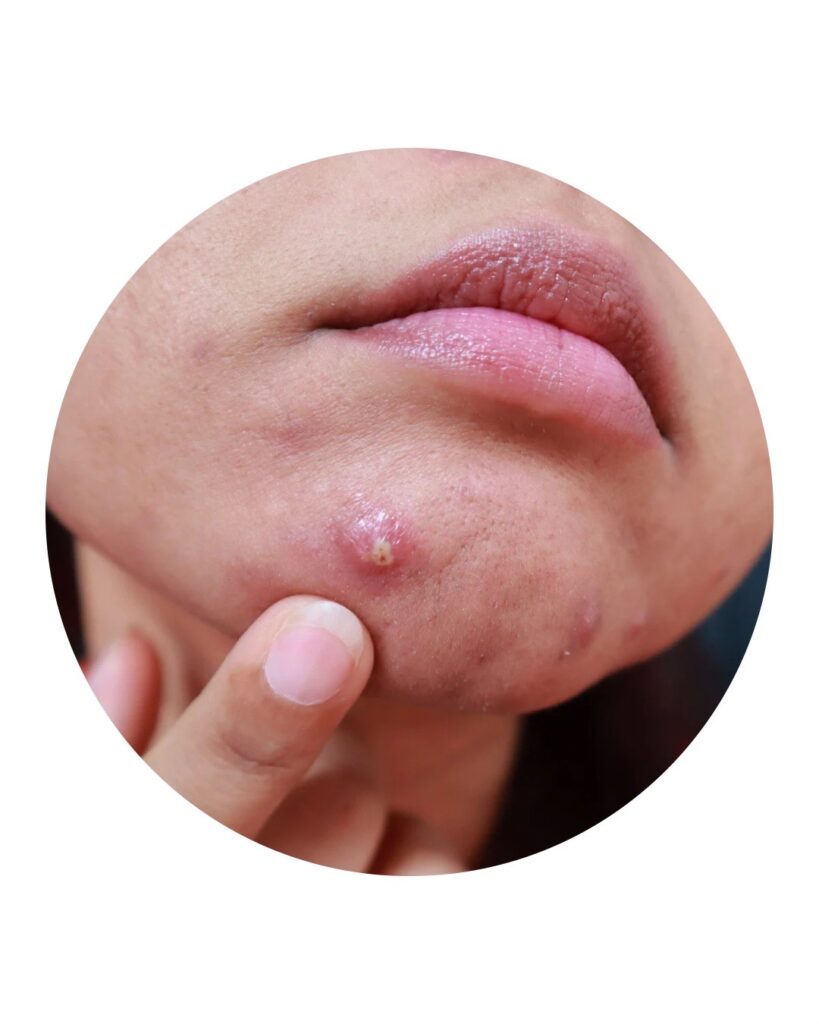
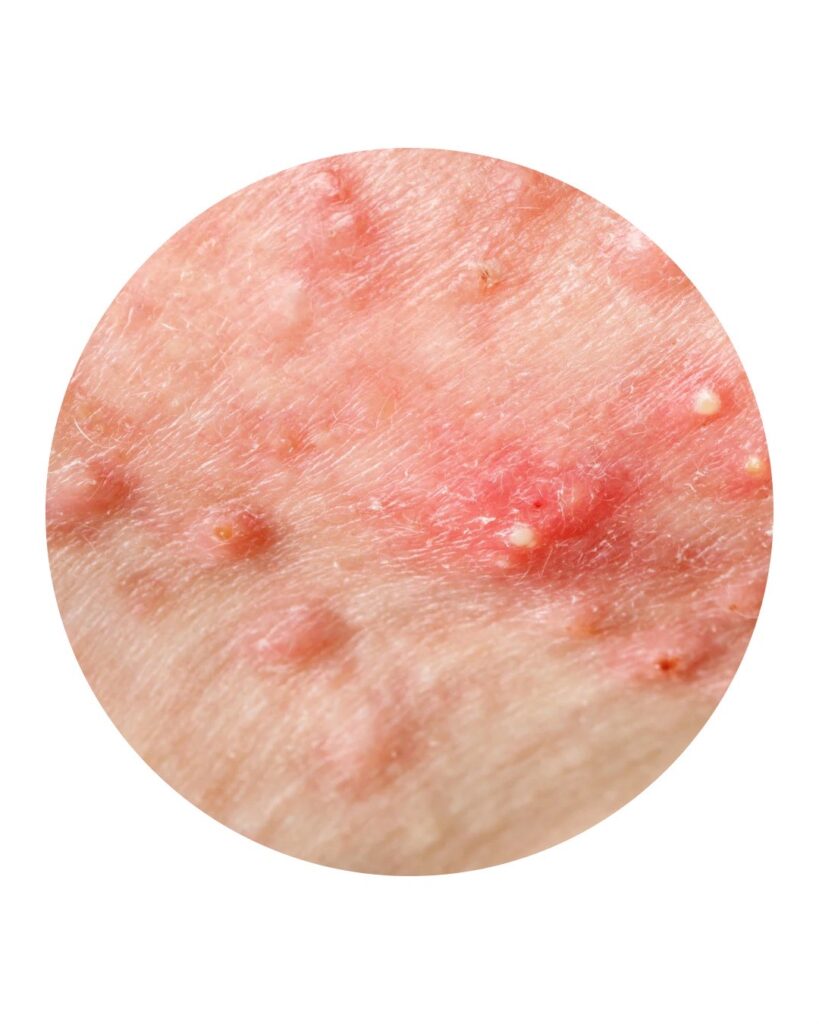
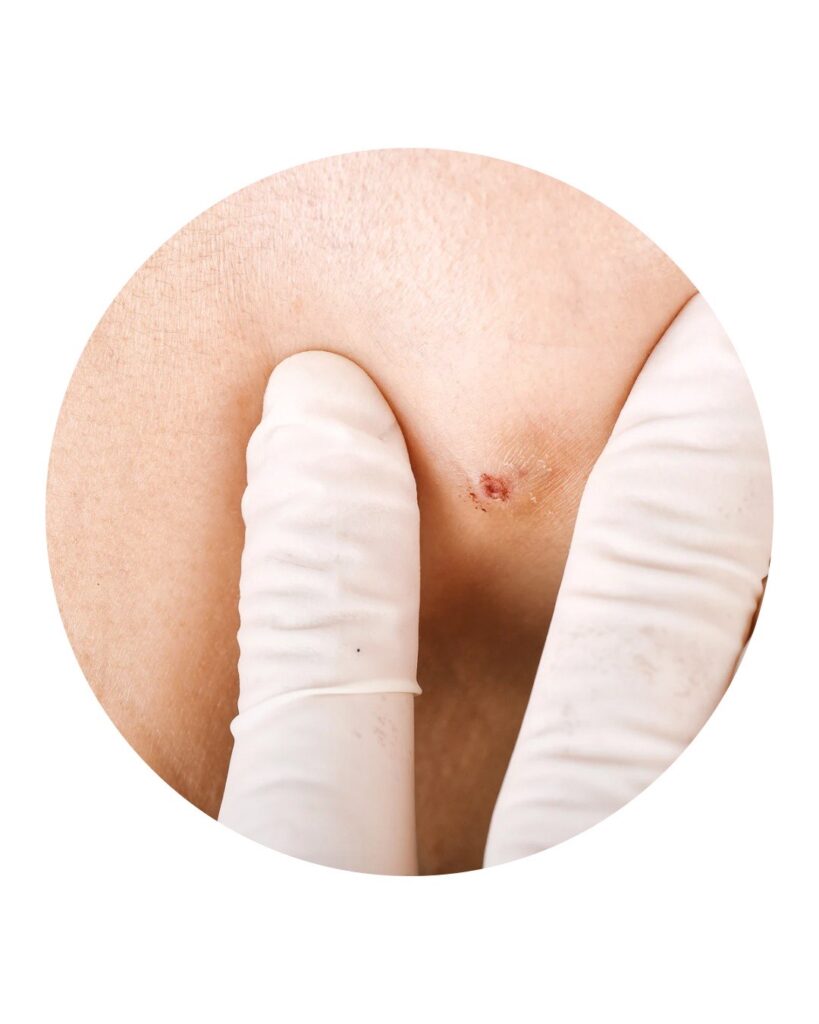
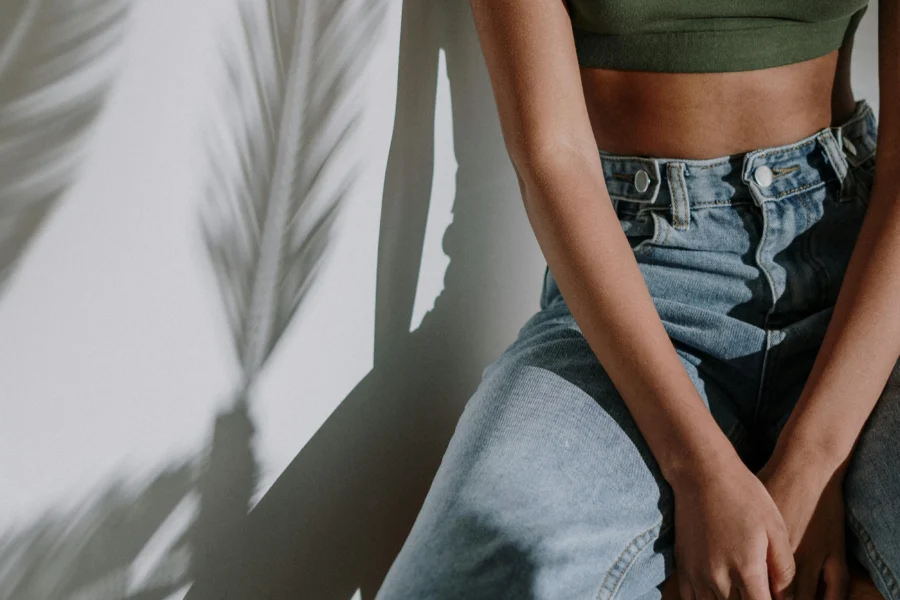
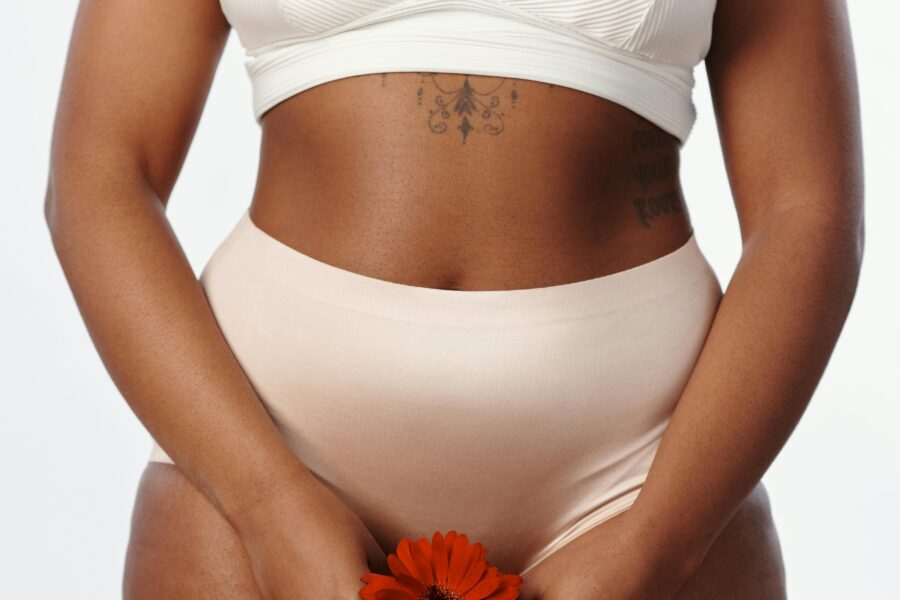
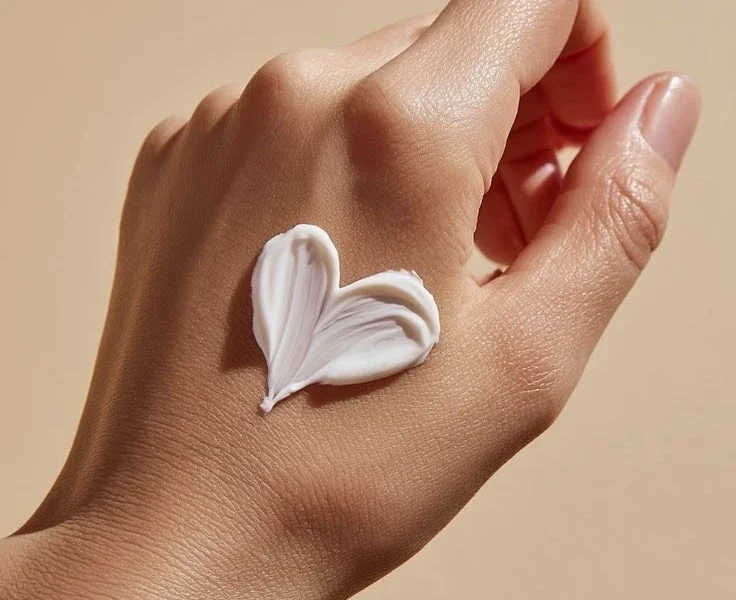
Leave a Reply